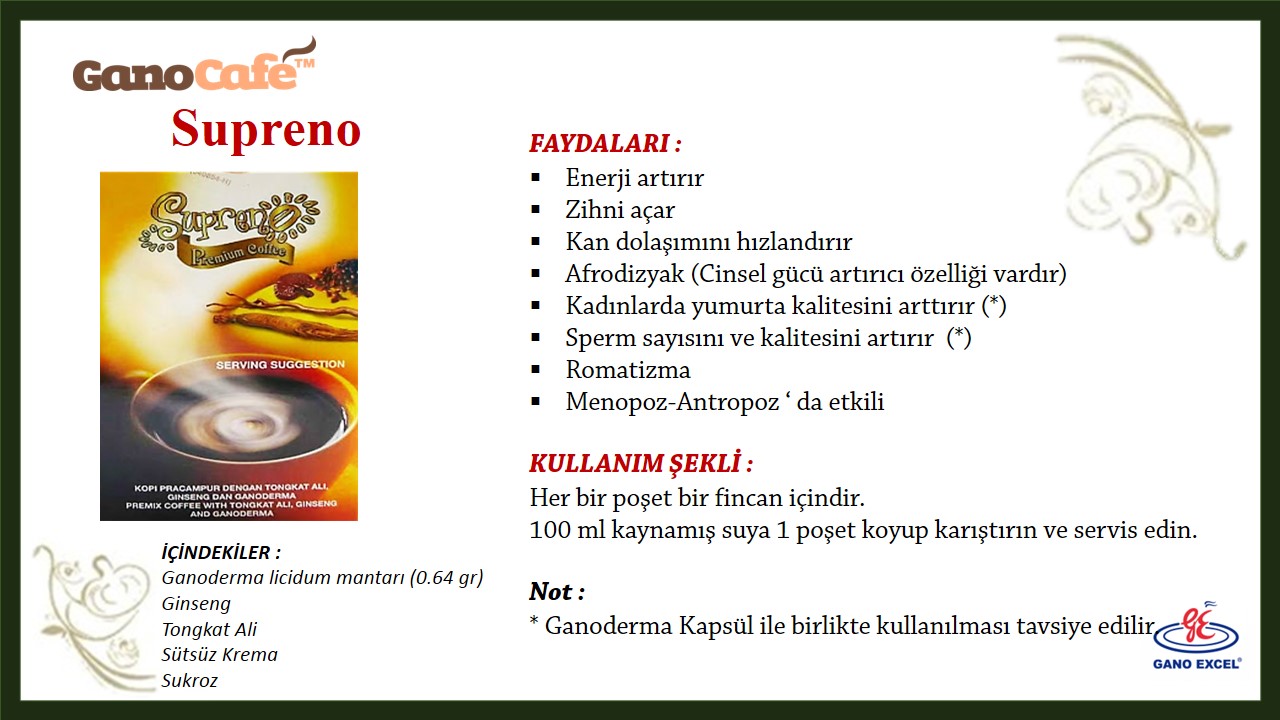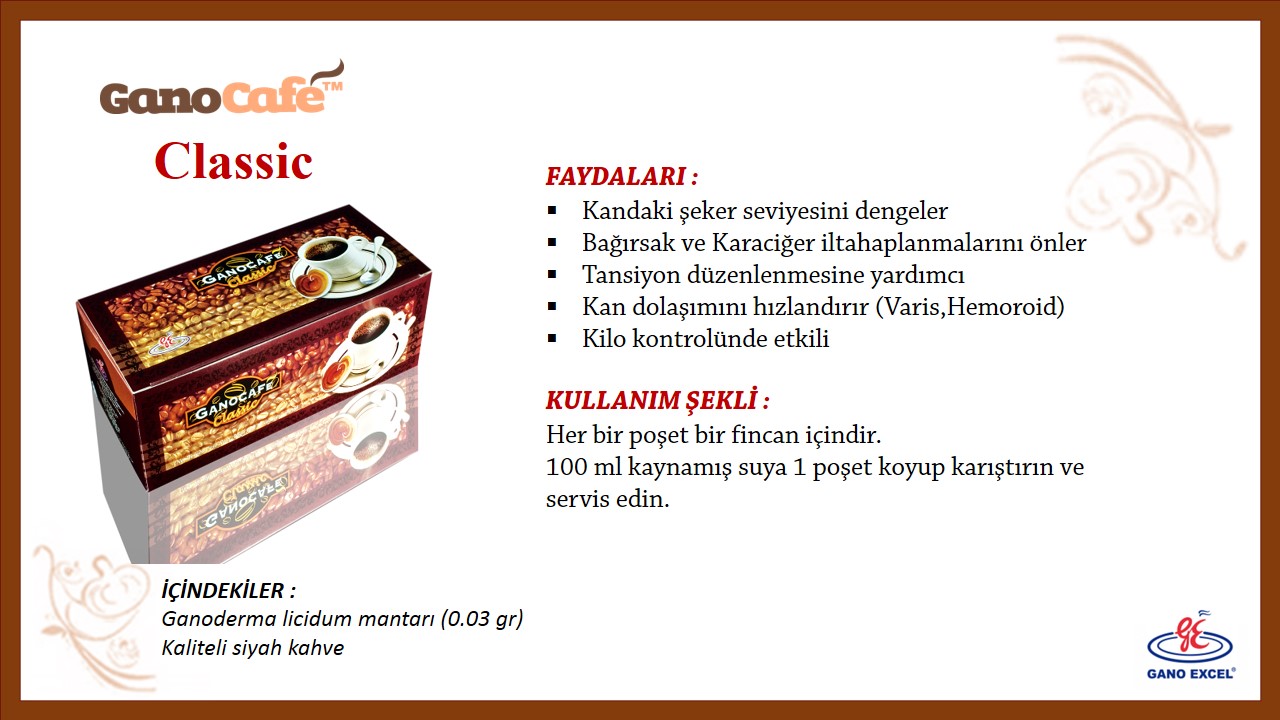
※ Download: Vba code to open excel file
If you are getting crashes using early bindings then the clases are not exactly the same. However, for illustration purposes, the following screenshot shows the VBA code behind this macro using this argument for purposes of setting spaces as the delimiter. If you only set MultiSelect to True 1 above but fail to appropriately handle the array that GetOpenFilename returns, VBA is likely to return a Type mismatch error.

This is the case even if the user only selects 1 file. Due to the wildcard asterisk, these 2 specifications cover any file extension beginning with. Clear On Error GoTo xErrGetExcel Dim MiXL As Object ' Variable que contiene la referencia ' a Microsoft Excel.

- The next line is to set a variable for row numbers.

In this section, you'll learn how to do just that. A CSV file Comma Separated Value is one where the items on each line are separated by commas, and the line itself ends in a carriage return pressing the Enter key on your keyboard. They look like this: If your file has comma separated values, you can save it with the ending in. Files ending in csv are, however, a common format, and we'll stick with those types of files. If a file has each item on a line separated with the Tab character then it is said to be a TXT file. They look like this: You can, of course, open a text file straight from Excel. This would then bring up the Text Import Wizard. However, as a VBA programmer, it's nice to know how to do it yourself. Plus, you can do things by manipulating the text file yourself that you can't do with the Wizard. What we're going to do is to open up the above CSV file and place the ISBN in the A column, rather than in the last column as we have it at the moment. To follow along with this lesson, you can download the file by clicking the link below. Right-click the link and save it to your computer. Remember the location where you save this file to. Right-click to save In Excel, create a new blank workbook. Click the A column and format it as Text. This is because our ISBN is in the number format in the text file. If you leave the A column on General then you'll get a strange number for the ISBN. Now open up your VBA Editor to get at the coding window. Create a new Sub and call it OpenTextFile. As the first line of your code, add the following: Dim FilePath As String This just sets up a variable called FilePath. We now need the location of our authors. We placed ours in the Documents folder Windows 7. Because it's in the Documents folder, we can use the built-in Application. The default file path is the Documents folder. But amend your own file path to point to where you saved your authors. To open a file, you start with the word Open. You then specify a File Name, a Mode, and a File Number. Open FileName For Mode As FileNumber The Mode above should be replaced by one of the following: Append - used for adding data to an already existing file Output - used to write to a file Input - used to read a file Binary - used to read or write data in byte format Random - used to place characters in a buffer of a set size The Modes that we're interested in are the Input and Output ones. The FileNumber can be any number between 1 and 511. You precede the number with the character. So if you're opening one file you'd have 1. If you open up a second, different file it would be 2, and so on. So add this line to your code: Open FilePath For Input As 1 The file we want to open is the one we stored in the variable called FilePath. This is the first file we're going to open, so it is 1 file number 1. The next line is to set a variable for row numbers. We haven't actually done anything with it. The way you normally do something with a file is to loop round, grabbing each line as you go. We'll use a Do Until loop for this: Do Until EOF 1 Loop Notice the strange end condition: EOF 1. The EOF means End Of File, while the 1 in round brackets is the file number you specified earlier. Inside of the loop, we first have this somewhat complex line: Line Input 1, LineFromFile The first three items before the comma refer to a single line of input from your file number 1. After the comma, you tell VBA where you want to place this line. This will be a variable. We've called ours LineFromFile. Every time round the loop, a new line will be grabbed from the text file and placed in this variable. Now that you have a line from your text file, you need to do something with it. However, the line will still have all the commas in it. So the first line for us will be this: Christopher, Brookmyre, 9780349114903 You need to parse the lines from your text file in some way. A good way to parse a line is with the Split function you met earlier. After a comma, we have the separator we want to look for. The separator is the comma, for us. When Split has finished, we'll have an array called LineItems. Our text file always has three items per line first name, last name, ISBN. So we know the array goes from 0 to 2 positions. We can now go ahead and place each item into a cell on the spreadsheet: ActiveCell. We set this to 0 earlier. We'll increment this variable shortly. The columns are always offset at 0, 1 and 2. A value of 0, remember, keeps you in the same column. A value of 1 moves you 1 column over, and a value of 2 moves you 2 columns over from the ActiveCell. To the right of the equal sign, we have our LineItems array. Because we want the ISBN in the A column, we've used LineItems 2 as the first value after the equal sign. We next have LineItems 1 , which will get us the last name in the B column. Finally, we have LineItems 0 , which will get us the first name in the C column. This is fairly straightforward: Close 1 You type the word Close and then, after a space, the file number you're trying to close. But the whole of your code should look like this: Test it out. Make sure any cell in the A column is the Active cell on your spreadsheet the A column is the one your formatted to Text. Go back to your code. Click anywhere inside of your sub and press F5 to run it. Go back to your spreadsheet and you should find that the data from the text file has been imported: And there we go! We've opened up a CSV file, reordered the columns and placed the information into cells on a spreadsheet. We'll now look at writing to a text file. © All course material copyright Ken Carney.
The reason for this, as stated by Mr. Remember the location where you save this file to. This Excel tutorial focuses on this basic and common Excel operation: How to open a workbook using VBA. The columns are always offset at 0, 1 and 2. In this case, the other document needs to be open but minimised so it can be used by the parent document as a reference file. In other words, UpdateLinks determines how those external references or links are updated. Address - Len1 End If sht. Determines the delimiter character. I am completly agreeing to the points suggeted by Joel Engineer but i have certain questions which needs to clarify from this post. It is possible the new version of software are adding more parameters to an Class making them incompatible. Hi, I'm not sure if you mean this kind of operation but anyway this code may help you Sub CopyCells Workbooks. If you leave the A column on General then you'll get a strange number for the ISBN.







.png?full=1)







